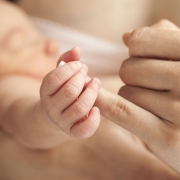
The only care your child’s nails require is trimming. You can use a soft emery board. You can also tear the excess nail by gently grabbing the corner of the white tip of the nail and pull towards you across the nail. We do not recommend using scissors or nail clippers in the first few … Continue reading “Fingernail & Toe Care”
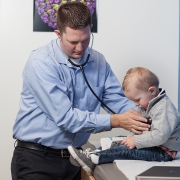
Our pediatricians and staff at Utah Valley Pediatrics specialize in providing a medical home for your baby. They spend 100% of their time caring for children and are specially trained in recognizing and treating child health issues that may be overlooked by somebody who is unfamiliar with treating children. If you are still looking for … Continue reading “Finding a Pediatrician”
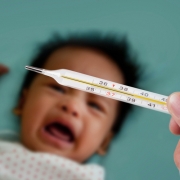
Newborn fever is potentially serious for your baby. Fevers can be the first sign of serious infection, or may merely be a symptom of a mild cold. There are several different types of thermometers to measure fevers. The most accurate way to measure your baby’s temperature is with a digital rectal thermometer. If the thermometer … Continue reading “Fever”
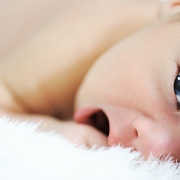
It is normal for mucus or secretions to accumulate in the eyes. This most likely is caused by plugged tear ducts, which can be gently cleansed with a clean cotton ball or washcloth with warm water. Notify your pediatrician if drainage from the eyes is excessive or if there is any redness or swelling of … Continue reading “Eyes”

Breastmilk and formula provide all the nutrients a child requires during the first months of life. The introduction of solid foods must be individualized to a child’s needs. It is recommended that solids be initiated between four and six months of age when readiness cues are seen (such as watching you eat intently or grabbing … Continue reading “Eating Solid Foods”
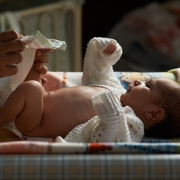
Breastfed infants may normally have frequent, loose stools which can sometimes be confused with diarrhea. Diarrhea in children is watery and may occur 10-12 times a day. Treatment of diarrhea consists primarily of giving the baby adequate fluids while continuing the child’s regular diet. If your baby needs extra fluids, give Pedialyte, not water. Call … Continue reading “Diarrhea”
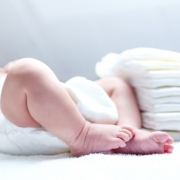
A diaper rash usually consists of redness or small bumps on the lower abdomen and diaper area that have direct contact with the soiled diaper. A rash of this type is rarely serious and usually clears in three or four days. For care: keep the skin clean and dry apply a diaper rash ointment or … Continue reading “Diaper Rash”
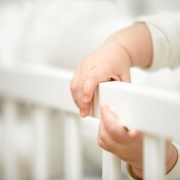
Your baby’s bedroom and crib should be extra safe. Choosing a crib that complies with appropriate safety standards will help keep your baby safe. Slats and rails should conform to standards for spacing and height, and mattresses should be very firm and fit snugly, leaving no space between the mattress and the walls of the … Continue reading “Cribs”
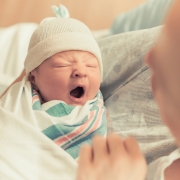
Your baby may develop a blue or purple color of the hands and feet, or on the lips and around the mouth. This occurs when your baby is cold or crying, and is more common in the first few days before she is feeding well. This is normal and should improve with calming or warming … Continue reading “Color Changes”
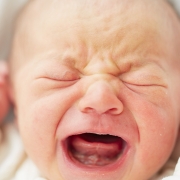
Crying gives your baby a way to call for help when hungry, cold, or uncomfortable. Fussy periods often increase in length and intensity during the first six weeks of life and then gradually decrease, usually disappearing by four months of age. When your baby cries, try to meet the most pressing needs first. If nothing … Continue reading “Colic & Shaken Baby Syndrome”